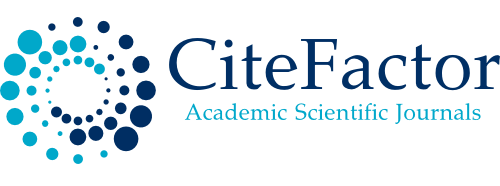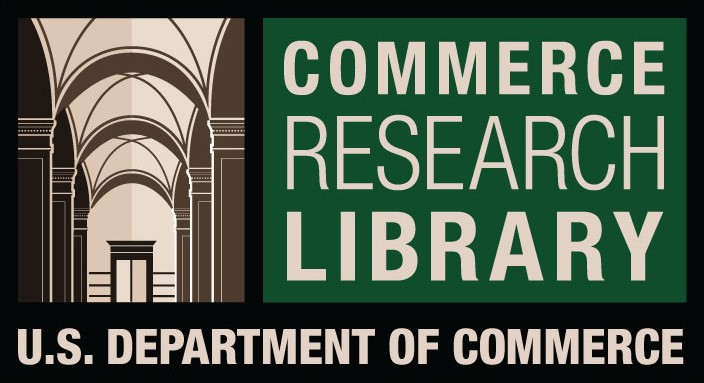A Comparative Study of Sonomammography & Mammography in Evaluating Palpable Breast Masse
DOI:
https://doi.org/10.61841/7sq73s17Keywords:
Ultrasonography, Xray mammographyAbstract
The breast has always been a symbol of womanhood and ultimate fertility. Subsequently, both ailment and medical procedure of the bosom inspire a dread of mutilation and loss of feminity. So the majority in the bosom have evoked extensive enthusiasm since hundreds of years. With progress in careful strategies and approach of traditionalist systems for the executives of bosom disease, endeavors are on for early determination of breast cancer.Though Mammography is being utilized more than even before, questions are being raised on cost effectiveness of screening programme, ability to decrease mortality particularly in age group of 40-49 years and feasibility in lower age group and pregnancy.Many alternative diagnostic approaches have been described including ultrasonography, Thermography, CT Mammography, Transillumination, Magnetic Resonance Imaging, Positron Emission Tomography, and Scintimammography etc.Methods:Fifty female patients of different age groups visiting the surgery OPD in whom there was clinical suspicion of the breast lump were examined with Xray mammography and USG as per the protocol.Results:The sensitivity of Mammography was found to be 86% and specificity 85%.The sensitivity of USG was found to be 94% and specificity 92.4%.USG was found to be comparatively better than mammography in detection of both benign and malignant breast masses.Conclusion:USG was found to be only modality to detect phyllodes tumor, a premalignant condition. The malignant Breast lesions have depth more than width and showed positive Doppler findings in most cases on sonography.It can be concluded that even though ultrasound and mammography are excellent investigation in their own right, but they have their own blind spots. So ultrasound and mammography if deciphered all together bosom imaging report, they are complimentary and progressively helpful.
Downloads
Published
Issue
Section
License

This work is licensed under a Creative Commons Attribution 4.0 International License.
You are free to:
- Share — copy and redistribute the material in any medium or format for any purpose, even commercially.
- Adapt — remix, transform, and build upon the material for any purpose, even commercially.
- The licensor cannot revoke these freedoms as long as you follow the license terms.
Under the following terms:
- Attribution — You must give appropriate credit , provide a link to the license, and indicate if changes were made . You may do so in any reasonable manner, but not in any way that suggests the licensor endorses you or your use.
- No additional restrictions — You may not apply legal terms or technological measures that legally restrict others from doing anything the license permits.
Notices:
You do not have to comply with the license for elements of the material in the public domain or where your use is permitted by an applicable exception or limitation .
No warranties are given. The license may not give you all of the permissions necessary for your intended use. For example, other rights such as publicity, privacy, or moral rights may limit how you use the material.









